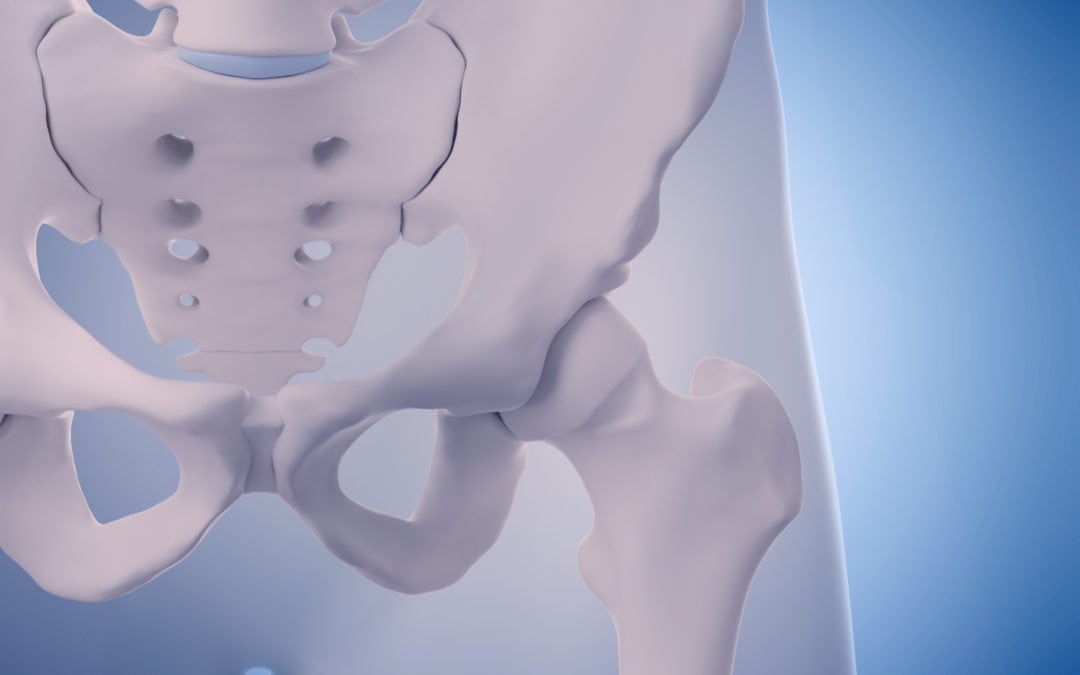The sacroiliac (SI) joints are comprised of the sacrum joint and the iliac bones of the spine. The joint’s important job is to transmit the weight of the upper body to the lower body during movements like standing, walking, and running. When the joints become irritated and inflamed or unstable, SI joint pain occurs.

Illustration 1- SI joint anatomy
Symptoms of SI Joint Dysfunction
SI joint pain presents on one or both sides of the body as a dull ache in the back, buttocks, thighs or groin. The additional symptom of sciatica, a pain that radiates down the leg, may also occur.
Causes of SI Joint Pain
The following are common causes of SI joint pain:
- A sports injury. Running and jumping during sports can cause bouts of inflammation and pain.
- An overuse injury. Too much walking, running, and/or heavy lifting can irritate the muscles, ligaments, and tendons of the joints.
- An anatomical abnormality. When one leg is longer than the other (due to a birth defect or an injury), the longer leg experiences more force during foot to ground impact and the shorter leg experiences force from an abnormal direction—either can cause SI joint pain.
- An impact injury. The SI joints may experience a tremendous amount of force during impact injuries, such as motor vehicle accidents and falls.
Regardless of the cause, SI joint pain is a treatable condition.
Treatment options for SI Joint Pain
Once a neurosurgeon has diagnosed a patient with SI joint pain, they will prescribe a treatment plan that correlates with the severity of the condition and patient’s activity goals. Any, all, or any combination of the following may be prescribed:
- Activity modification. Slowing down or stopping weight bearing activities for a short period of time helps decrease the load placed on the joints.
- Anti-inflammatory medications. Over-the-counter and prescription medications help decrease inflammation and pain.
- Physical therapy. Training the body to stand, walk, and run properly ensures that the SI joints don’t experience more stress than they need to. Also, strengthening the core helps take the pressure of the joints.
- SI joint injections. Powerful anesthetic and anti-inflammatory medications are administered via injection directly into the inflamed area.
In most cases, SI joint pain will decrease or cease after a few weeks of treatment.
If the conservative methods above still fail to provide relief, a minimally invasive procedure known as an SI Joint Fusion can be performed to stabilize the SI joints and relieve pain.
Seeking Treatment for SI Joint Pain
If you’re experiencing SI pain that won’t go away on its own, please don’t hesitate to contact our NYC office to arrange an appointment. One of our spine specialists will find out what’s wrong and come up with a treatment plan that’s right for you. A return to a normal, symptom-free life is the end goal and ultimate result when you choose our clinic.
Dr. Patrick Senatus is a Board Certified Neurosurgeon in New York City with extensive experience in Minimally Invasive and Restorative Spine Surgery. Dr. Senatus employs a personalized patient-centered approach that prioritizes optimum functional outcome and well-being. Each consultation begins with a comprehensive evaluation by Dr. Senatus designed to create an individualized evidence based treatment plan which includes the patient, family, and collaborating providers.
Following a conservative treatment philosophy, Dr. Senatus offers his patients solutions using the most advanced minimally invasive spine surgery. His approach is to perform the most effective and least invasive intervention available, specifically tailored to each patient, guided by the principal that surgical options be considered only after all reasonable non-operative therapies have been exhausted. Returning his patients to a functional pain free lifestyle is the ultimate objective. Contact us today to schedule an appointment!


Recent Comments